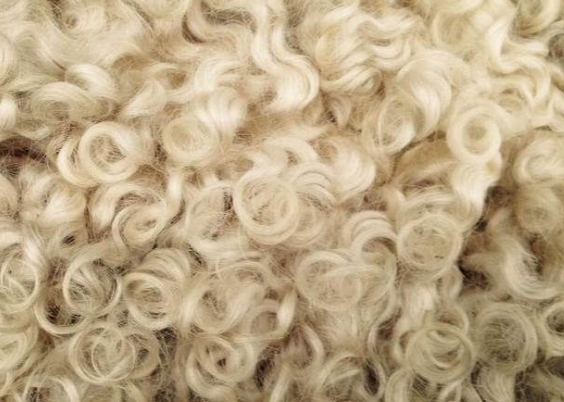
Cane, Bamboo, Crockery, Cookware, Cutlery, Domestic Arts/Crafts, Natural Fiber
Nepal’s Sustainable Practice of Leaf Plates
Plastic waste has become one of the biggest problems of the today’s world. The modern lifestyles we have accustomed to, generate tones of non-degradable wastes, which are polluting our environment and degrading it at the faster pace. If we look closer, many traditional practices in different parts of the world might have solution for sustainable environment.
One of such practices that are being used by the various communities of Nepal is plates and bowls made out of leaves. The leaves from tree known as Saal (Shorea robusta) is commonly used for this purpose. Broad leaves, shiny at the front with natural impermeability to water makes it ideal to make plates and bowls out of it. Saal is tree is native to Nepal, India, Bangladesh and Myanmar. Not only leaves but also the timber from this tree is also very valuable as it is considered to be strong for the building materials.
These leaves are arranged and stitched with hands using thin stick made out of bamboo. Many communities have different names for these objects made out of leaves according to their frequent usability. The plates made out of leaves are called laypya in Nepal basha, bowl shaped structures made out of leaves known as duna and tapari in Nepali, bota (Nepal Basha)
Still today these plates and bowels are used for many rituals, feasts and other purposes. In past these plates made out of the leaves were the only options for the feasts when needed to feed large number of people. In old days, before the start of festivals families gathered to sew the leaves for the feast. Especially during the big feast like weddings, it was a common practice for the family members, relatives and neighbours, to lend hands for making leaves plates or laptya several months ahead. But now days due to the cheaper, readily available and commonly available option of plastic and paper plates these leaves are being replaced. But due to the religious and cultural significance, in the ritual practices these leaves are still used. It may be due the belief associated these leaves being pure. In the markets the green leaves rolled together could still be seen.
Fortunately, there has been comeback of the leaf plates and bowls not only in the traditional rituals and feasts but also in the fast-food restaurants. The fast way to sew the leaves plates and bowls with the machines makes it easier to produce many plates in a day. It is not only easier but also the leaves plates are available all around the year in market.
These traditional practices if integrated in today’s modern lifestyle can help to combat many problem today’s society is facing.
References
Gallery
YOUR VIEWS
PRACTITIONERS: INDIA
Access 70,000+ practitioners in 2500+ crafts across India.
BIBLIOGRAPHY
10,000+ listings on arts, crafts, design, heritage, culture etc.
GLOSSARY
Rich and often unfamiliar vocabulary of crafts and textiles.
SHOP at India InCH
Needs to be written.





